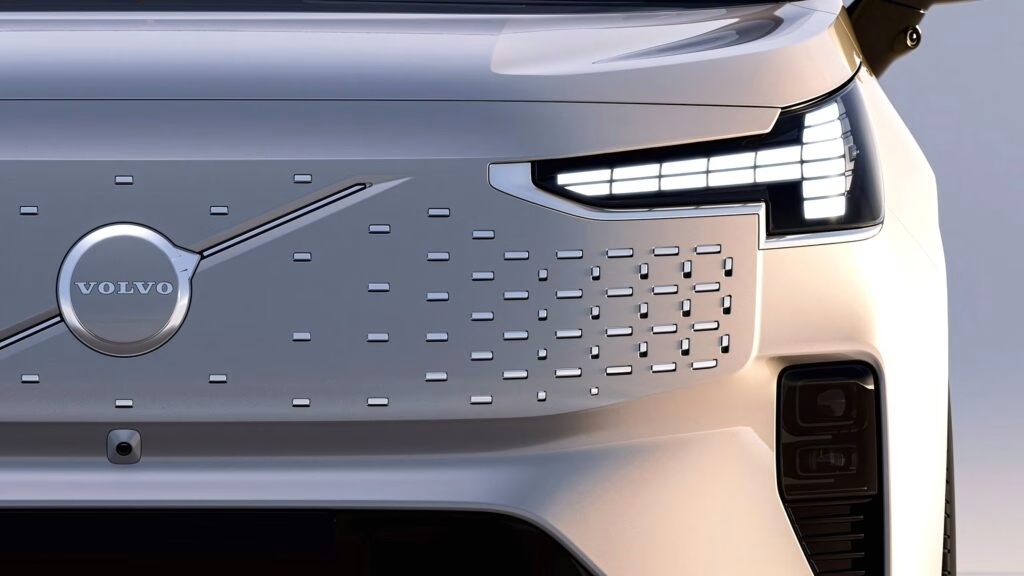Volvo is making some significant moves in the automotive landscape, particularly in the U.S. market. With a keen eye on shifting consumer preferences and the challenges posed by tariffs, the Swedish automaker is gearing up to ramp up production at its South Carolina plant. Let’s dive into what this means for Volvo and its customers.
What’s Driving Volvo’s Shift to Domestic Production?
If you’ve been following the automotive industry, you know that importing vehicles into the U.S. has become increasingly complicated. For Volvo, nearly 90% of its sales in America come from models manufactured in Europe. This reliance on overseas production has become a hurdle, especially with the tariffs introduced during the Trump administration. These tariffs have made it less viable for companies like Volvo to import certain models without facing hefty costs.
To combat this, Volvo is doubling down on its South Carolina factory. Under the new leadership of Hakan Samuelsson, who recently took over as CEO, the company is looking to increase its output and focus on hybrid vehicles. Currently, the all-electric EX90 is the only model produced in the U.S., but changes are on the horizon.
Which Models Are in the Pipeline?
Samuelsson has hinted that the next U.S.-built model will likely be a hybrid, possibly the XC60 or XC90. This is a strategic move, considering that SUVs dominate the U.S. market. Samuelsson noted that sedans and wagons aren’t likely to be prioritized, as consumer demand leans heavily toward SUVs. The goal is to align production with what American buyers want, rather than relying on models that may not resonate as well.
Volvo is also planning to engage with dealers across the U.S. to determine which models would be the best fit for local production. This hands-on approach reflects a commitment to understanding the market and adapting to it swiftly.
Why Is the S90 Sedan Being Discontinued?
In a notable shift, Volvo plans to discontinue the S90 sedan in the U.S. due to its importation from China, which has become less feasible under current tariff conditions. Instead, the company is focusing on its more popular models, like the XC40, XC60, and XC90. This decision underscores the importance of adapting to market realities and consumer preferences, ensuring that Volvo remains competitive in a challenging environment.
What’s Next for the All-Electric EX90?
While Volvo is working on its new hybrid models, the company is also putting significant effort into promoting the EX90, its all-electric SUV. Produced in South Carolina, the EX90 represents Volvo’s commitment to electric mobility. As the market for electric vehicles continues to grow, enhancing the visibility and sales of the EX90 will be crucial for Volvo’s strategy.
The Future of Volvo in the U.S.
Volvo’s pivot towards increased domestic production and a focus on hybrid and electric models is a clear response to the evolving automotive landscape. By aligning its production strategy with consumer preferences and navigating the complexities of tariffs, Volvo is positioning itself for future success in the U.S. market.
The big takeaway? Adapting to market demands isn’t just about making cars; it’s about making smarter adjustments. If you’re considering a new vehicle, keep an eye on Volvo’s upcoming models—they might just have what you’re looking for.

